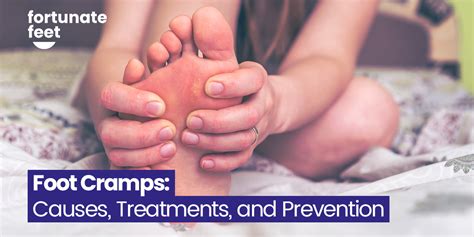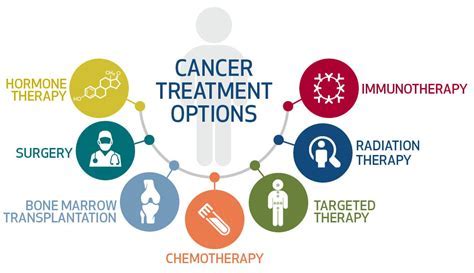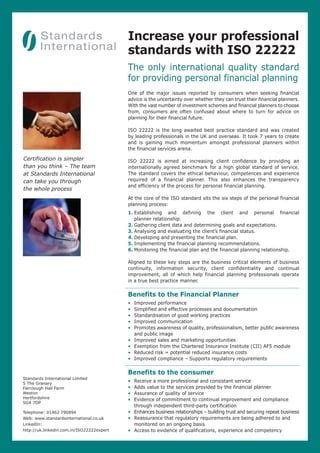Intro
Relieve foot cramp pain with 5 effective ways, including stretching, hydration, and electrolyte balance, to prevent muscle spasms and toe cramps, and improve overall foot health and wellness.
Foot cramps are a common issue that can affect anyone, regardless of age or activity level. These sudden, sharp pains in the muscles of the foot can be debilitating and disrupt daily activities. Understanding the causes and learning how to prevent and treat foot cramps is essential for maintaining foot health and overall well-being. Foot cramps can be triggered by various factors, including dehydration, mineral deficiencies, poor footwear, and overuse or strain on the foot muscles.
The importance of addressing foot cramps lies not only in alleviating the immediate pain but also in preventing potential long-term complications, such as chronic pain or muscle damage. Moreover, understanding the underlying causes of foot cramps can help in developing targeted strategies for prevention and treatment. This knowledge empowers individuals to take proactive steps towards maintaining healthy feet, which is crucial for mobility, balance, and overall quality of life.
Foot health is often overlooked until issues like foot cramps arise, highlighting the need for awareness and education on foot care and prevention of common foot problems. By delving into the causes, symptoms, and most importantly, the ways to stop foot cramps, individuals can better manage their foot health. This includes adopting lifestyle changes, using specific techniques, and considering professional advice when necessary. The goal is to achieve swift relief from foot cramps and work towards preventing their recurrence, ensuring that individuals can enjoy their daily activities without interruption.
Understanding Foot Cramps

Causes of Foot Cramps
To effectively manage foot cramps, it's crucial to understand their underlying causes. This includes: - **Dehydration and Electrolyte Imbalance:** Lack of fluids and essential minerals like sodium, potassium, and magnesium can disrupt muscle function, leading to cramps. - **Poor Footwear:** Shoes that are too tight, too loose, or do not provide adequate support can lead to foot strain and cramping. - **Overuse or Strain:** Engaging in new or strenuous activities without proper warm-up or cool-down can lead to muscle fatigue and cramping. - **Medical Conditions:** Certain conditions, such as diabetes, can affect nerve function and lead to muscle cramps.Prevention Strategies

Importance of Foot Stretching
Foot stretching is a critical component of foot cramp prevention. It helps in: - Improving muscle flexibility and reducing the risk of strain. - Enhancing blood circulation, which helps in delivering oxygen and nutrients to the muscles. - Strengthening the muscles in the foot, making them less susceptible to cramping.Treatment Options for Foot Cramps

Role of Nutrition in Managing Foot Cramps
Nutrition plays a vital role in preventing and managing foot cramps. Ensuring adequate intake of: - **Magnesium and Potassium:** These minerals are crucial for muscle function and can help prevent cramps. - **Calcium:** Essential for muscle contraction and relaxation, calcium deficiency can lead to increased muscle cramping. - **Vitamin D:** Helps in calcium absorption and bone health, which can indirectly affect foot health.Lifestyle Adjustments for Foot Health

Professional Help for Persistent Foot Cramps
For individuals experiencing persistent or severe foot cramps, seeking professional help is advisable. A healthcare provider or a podiatrist can: - **Diagnose Underlying Conditions:** Identify any underlying medical conditions that may be contributing to the foot cramps. - **Recommend Custom Orthotics:** Provide custom-made shoe inserts to support the feet and reduce strain on the muscles. - **Suggest Physical Therapy:** Recommend exercises and stretches to strengthen the foot muscles and improve flexibility.Conclusion and Future Steps

Final Thoughts on Foot Health
Maintaining good foot health is essential for overall well-being. By prioritizing foot care and taking proactive steps to prevent foot cramps, individuals can ensure mobility, comfort, and quality of life. Whether through simple lifestyle adjustments, targeted exercises, or professional interventions, the key to managing foot cramps lies in a comprehensive and proactive approach to foot health.What are the most common causes of foot cramps?
+Foot cramps are commonly caused by dehydration, mineral deficiencies (such as magnesium, potassium, or calcium), poor footwear, and overuse or strain on the foot muscles.
How can I prevent foot cramps?
+To prevent foot cramps, stay hydrated, wear proper footwear, engage in regular but moderate exercise, and practice regular foot stretching. Additionally, ensuring adequate nutrition, especially minerals like magnesium and potassium, is crucial.
What should I do when I experience a foot cramp?
+When experiencing a foot cramp, stop the activity, stretch the affected muscle, and apply heat or cold packs to the area. Massage can also help relax the muscle. If cramps are severe or persistent, consider consulting a healthcare provider.
We hope this comprehensive guide to understanding and managing foot cramps has been informative and helpful. If you have any further questions or would like to share your experiences with foot cramps, please don't hesitate to comment below. Your insights can help others who may be dealing with similar issues. Additionally, if you found this article useful, consider sharing it with friends or family who might benefit from this information. Together, we can promote better foot health and well-being for everyone.
